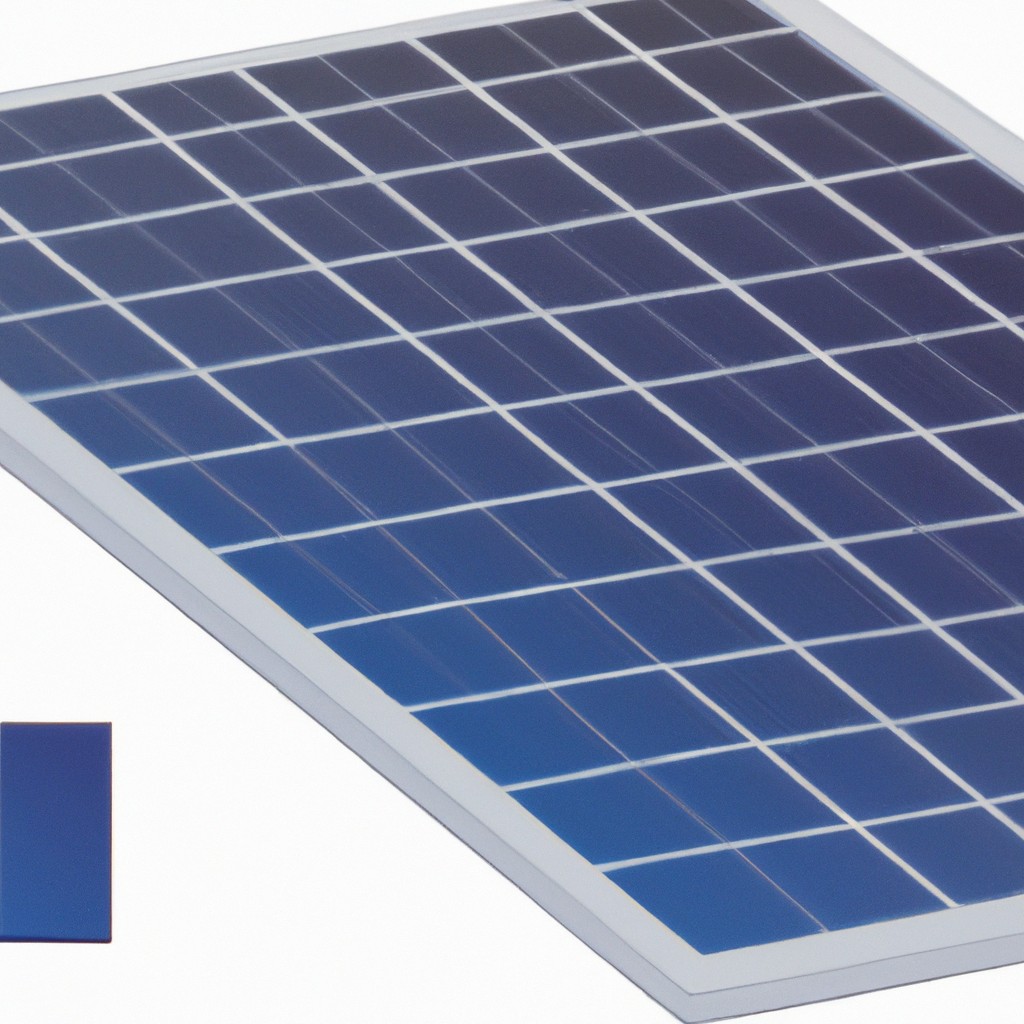This article examines the concept of solar wind, a fascinating phenomenon associated with the sun, offering a clear and easily understandable explanation of its nature and how it impacts life on Earth.
Key takeaways:
- Solar wind is a stream of charged particles from the Sun.
- It consists mainly of protons and electrons.
- Solar wind reaches Earth in about one to four days.
- It causes phenomena like auroras and magnetic storms.
- Scientists study solar wind through spacecraft and ground-based observations.
Definition of Solar Wind

The solar wind is a stream of charged particles, mainly protons and electrons, that are continually ejected from the upper atmosphere of the sun. It originates from the sun’s corona, which is the outermost layer of the solar atmosphere. These particles are heated to such a high degree that the sun’s gravity can’t hold them down, allowing them to escape into space.
Despite being referred to as “wind,” it is quite different from the wind experienced on Earth. In space, these particles travel at speeds of about 400 kilometers per second, reaching Earth in about one to four days. The intensity of the solar wind is not constant; it can vary with the activity level of the sun.
Coined in the early 1950s by astrophysicist Eugene Parker, the term embodies the concept that the sun’s influence extends far beyond its visible surface. The solar wind is a key component of space weather and significantly influences planetary atmospheres and the interplanetary medium.
Composition of Solar Wind
The solar wind primarily consists of a stream of charged particles ejected from the upper atmosphere of the Sun, known as the corona. This flow is predominantly composed of electrons and protons with a sprinkling of heavier ions, such as alpha particles (helium nuclei). The proportion of these components varies, with electrons being the most abundant, followed by protons, and then a small percentage of heavier ions.
These particles are highly energetic and when liberated from the Sun’s gravitational and magnetic grip, they can reach velocities ranging from 250 to 750 kilometers per second. Integral to the solar wind’s characteristics is its temperature. Although originating from the hot corona, the particles do not cool down in the traditional sense as they spread through space due to their low density.
The solar wind’s composition and behavior are influenced by the Sun’s magnetic field, solar cycles, and events such as solar flares and coronal mass ejections (CMEs), which can cause significant variability in its flow. Despite its tenuous nature, this constant outpouring exerts a significant influence on the heliosphere, the vast magnetic bubble containing our solar system, and shapes the planetary environments within it.
Effects of Solar Wind On Earth
The interaction between solar wind and Earth’s magnetic field can lead to a range of phenomena:
- Auroras: When charged particles collide with atoms in Earth’s atmosphere near the poles, they create stunning light displays known as auroras, or the Northern and Southern Lights.
- Magnetic Storms: During periods of intense solar wind, strong currents can induce geomagnetic storms that may disrupt power grids and satellite operations.
- Atmospheric Erosion: On long timescales, solar wind can strip away the outer layers of Earth’s atmosphere, but our planet’s strong magnetic field largely protects it from significant atmospheric loss.
- Space Weather: Solar wind is a major contributor to space weather, affecting the safety of astronauts and the integrity of spacecraft.
Understanding these effects is crucial for protecting technological systems and for future space exploration.
How Scientists Study Solar Wind
Scientists employ a variety of sophisticated tools to investigate the complexities of solar wind.
Spacecraft and Satellites: Instruments such as NASA’s Advanced Composition Explorer (ACE) and the Wind spacecraft continuously monitor solar wind, capturing data on its speed, density, and temperature.
Ion and Electron Detectors: These devices aboard spacecraft measure the charge, mass, and energy of particles in the solar wind, allowing researchers to analyze its composition.
Spectrometers: Scientists use these instruments to study the light emitted or absorbed by ions in the solar wind, discerning different elements and isotopes present.
Magnetometers: By measuring the magnetic fields in space, magnetometers help scientists understand the interaction between solar wind and planetary magnetic fields.
Computer Modeling: Sophisticated simulations replicate solar wind behavior, helping to interpret observed data and predict future conditions in space.
Ground-Based Observations: While direct observation must occur in space, researchers use ground-based facilities to study the impact of solar wind on Earth’s magnetosphere and ionosphere, offering a larger view of its effects on space weather.
These approaches collectively advance our understanding of solar wind and its implications for space weather and planetary systems.
Future Research and Unsolved Mysteries of Solar Wind
Advancements in technology and space missions offer promising avenues for exploring the finer details of solar wind. Scientists aim to unravel how solar wind evolves from the Sun’s surface into space, as parameters such as velocity, temperature, and composition change unpredictably. Moreover, the fundamental processes that heat and accelerate the solar wind particles remain poorly understood.
The Parker Solar Probe, launched in 2018, is one of the boldest steps toward addressing these mysteries. It allows for in-situ analysis, providing unprecedented proximity to the Sun to measure the solar wind’s properties directly. Understanding the mechanisms driving solar wind variability could improve space weather forecasting, crucial for protecting satellites and astronauts from high-energy particles.
Additionally, researchers are delving into the role of solar wind in shaping planetary atmospheres and its impact on the broader heliosphere. By comparing solar wind interactions with different celestial bodies, scientists hope to learn more about the wind’s long-term influence on planetary systems, including our own.
Continued cross-disciplinary studies encompassing astrophysics, space science, and computational modeling promise to peel back the layers of mystery that surround solar wind, revealing not only the nature of our star’s emissions but the fundamental workings of stars throughout the universe.
FAQ
What is solar wind in simple words?
Solar wind is a stream of charged particles, released from the upper atmosphere of the Sun, that moves throughout the solar system at approximately one million miles per hour.
What happens if solar wind hits Earth?
When solar wind reaches Earth, it distorts the planet’s magnetic field, causing a geomagnetic storm that can disrupt radio communications and navigation systems and pose a risk to satellites, electrical equipment, and pipelines.
Do solar winds affect weather?
Solar winds indirectly influence Earth’s weather and climate by causing variations in the global wind system due to the planet’s tilt.
What is caused by solar wind?
Solar wind causes the dazzling aurora light shows around the polar regions, known as the northern lights (aurora borealis) in the Northern Hemisphere and the southern lights (aurora australis) in the Southern Hemisphere.
How does solar wind influence our planet’s magnetosphere?
Solar wind, a stream of charged particles emitted by the sun, interacts with our planet’s magnetosphere, distorting its shape and size and triggering phenomena such as auroras or magnetic storms.
What role does solar wind play in the formation of auroras?
Solar wind, a continuous flow of charged particles from the sun, interacts with Earth’s magnetic field, causing charged particles to glow and resulting in the formation of auroras.
Can the intensity of the solar wind have any impact on satellite communications?
Yes, the intensity of the solar wind can indeed impact satellite communications by causing disturbances in the Earth’s magnetosphere.




